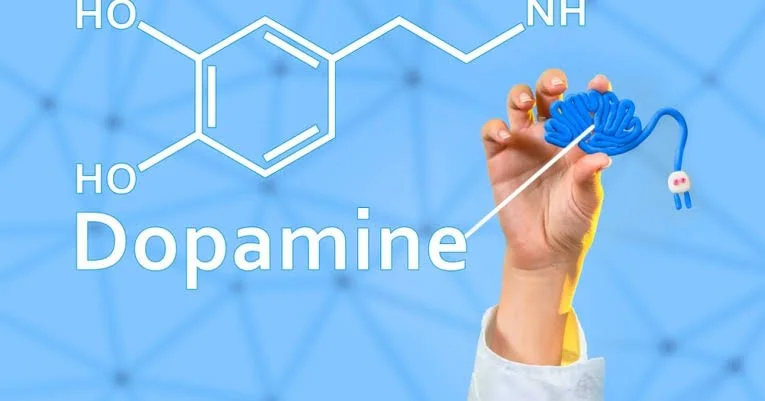Healthy dopamine release is vital for teen brain development, mental health and resilience. In this post, we explore how positive activities like exercise, creativity, and connection support natural dopamine production—while comparing it to the risks of unhealthy shortcuts like screens, vaping and substance use. Learn how parents can guide their teens toward brain-healthy habits that build long-term wellbeing
Read MoreIf you’re reading this, chances are you or someone you care about is dealing with vaping. Maybe you’re starting to feel like it’s more than just a habit. Maybe you’ve tried to quit but keep going back. First off—no shame. Seriously. Vaping is designed to hook you fast, and it’s not your fault if it’s become hard to stop. But you can stop, and there’s help out there.
Read MoreNitazenes are a new and alarming group of synthetic opioids now circulating in Australia. With several variants more potent than fentanyl — already one of the deadliest opioids on the market — nitazenes have been linked to overdoses, counterfeit medications and even vape liquids that don’t list them as ingredients.
Read MoreThey look like USB drives, pens, highlighters, or even hoodie drawstrings—but they’re not. In a concerning trend, vaping devices are being designed to fly under the radar, making it easier than ever for young people to hide nicotine use from parents and teachers. As youth vaping rates continue to rise across Australia, the deceptive design of these devices presents a serious challenge for prevention and early intervention.
Read MoreThrough our face-to-face educational seminars, we engage with students, school wellbeing staff, and PDHPE educators to foster a deeper understanding of the risks associated with alcohol consumption, particularly binge drinking.
Read MoreMagic mushrooms, colloquially known as "shrooms," are increasingly being used by Australian teens, posing significant risks to their developing brains and mental health. As educators and wellbeing staff, it's crucial to understand these risks and engage in meaningful conversations with students about the dangers of psychedelic substances.
Read MoreAnabolic steroids, often referred to as “roids,” are synthetic substances that mimic the effects of the male hormone testosterone. While they have legitimate medical uses, their non-medical use, particularly among teenagers, poses significant health risks. This blog explores why some teens turn to steroids, the associated dangers, and how initiatives like #NotEvenOnce® Projects are making a difference in schools across Australia.
Read MoreNicotine poisoning, street term “nic sick,” occurs when an individual—especially a teen—ingests or is otherwise exposed to a toxic amount of nicotine. With the rise in vaping popularity among Australian adolescents, instances of nicotine poisoning are increasingly emerging as a concern for schools, parents, and healthcare providers. This blog outlines medical information, evidence-based research, real stories, and actionable prevention tips.
Read MoreWith vaping myths circulating among teens, it’s essential that school wellbeing and PDHPE teams have access to clear, factual information. Our seminars are designed to support health conversations that bridge the gap between myth and reality. Read on for eight common myths about vaping and the truths behind them and discover how you can make a difference in your school community.
Read MoreThe recreational use of “nangs”—a colloquial term in Australia for nitrous oxide cartridges—has been a growing concern among educators, health professionals, and wellbeing teams. Nitrous oxide is widely known as “laughing gas,” but beyond its legitimate culinary and dental uses, its misuse poses serious risks, particularly for adolescents whose brains are still developing.
Read MoreWe are learning so much about Vaping in a very short period of time. Almost every week, if not every day a new research article or paper appears, it’s difficult to keep abreast of it all. We’ve attempted to place in one location easy access to articles on Vaping for you. We’ve tried to place the articles under headings to help narrow your search if your after specific information.
Read More










